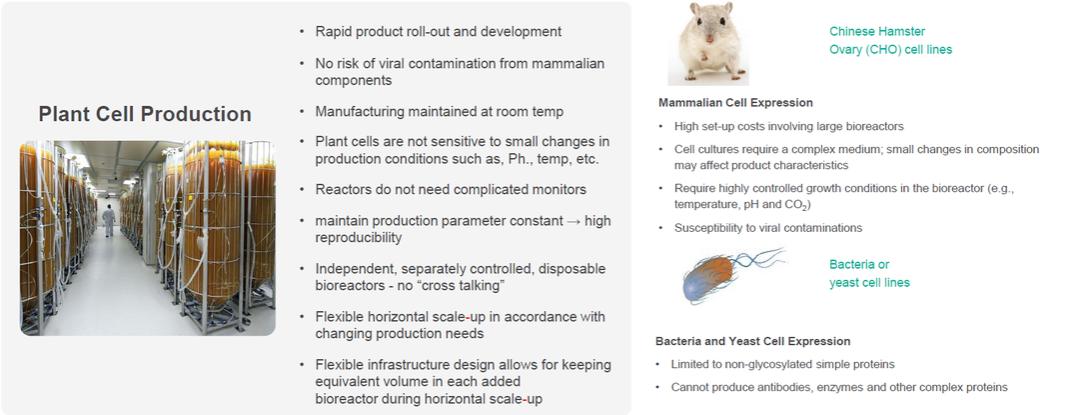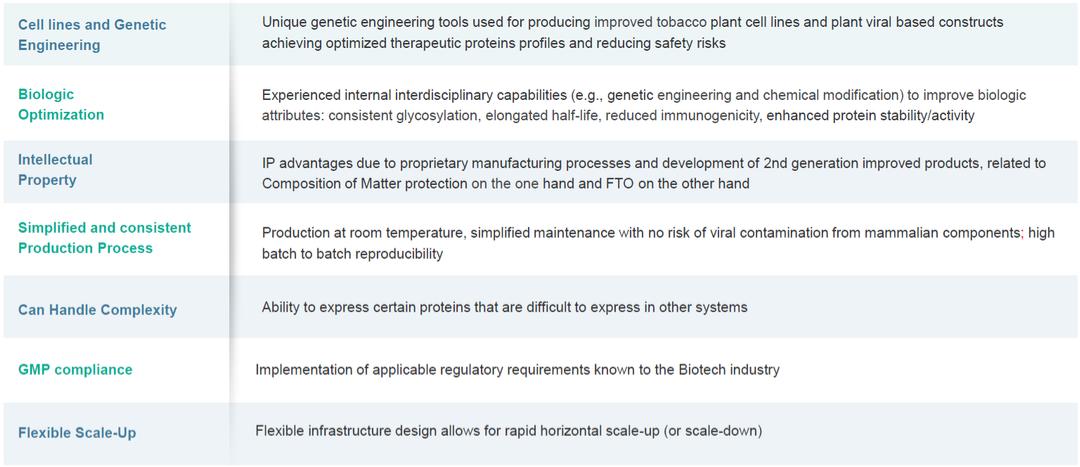Free signup for more
- Track your favorite companies
- Receive email alerts for new filings
- Personalized dashboard of news and more
- Access all data and search results
Content analysis
?| Positive | ||
| Negative | ||
| Uncertain | ||
| Constraining | ||
| Legalese | ||
| Litigous | ||
| Readability |
H.S. sophomore Good
|
|
New words:
abandon, absence, abuse, academic, accident, accurately, acroparesthesia, acute, Additionally, addressed, addressing, adherence, advertising, affinity, afford, age, altogether, analyst, anemia, animal, antibody, antidrug, antimicrobial, appealed, Arab, arise, art, ascribe, Ashkenazi, assert, asserting, assign, assignment, asterisk, attaining, attempt, attention, attest, auditor, autoimmune, autosomal, bankruptcy, behavior, binding, biotechnology, black, bleeding, block, bloodstream, bone, bordering, box, BPI, brain, breach, breached, break, bring, broader, broadly, broken, Bronfeld, brought, bruising, build, building, canceled, cancer, carefully, Carmiel, case, catalytic, caution, center, cGMP, Chairman, challenge, characterized, chronic, circumvent, civil, CKD, claim, claimed, claiming, Code, competition, competitive, complementary, complied, comply, composed, composition, compound, concealing, confidence, confident, confidential, confidentiality, consent, consume, consumer, consuming, content, context, contrary, conventional, correct, Cosmetic, costly, Council, counsel, court, criminal, CRL, customary, cybersecurity, cycle, damage, damaged, decision, declare, declared, dedicate, dedicated, dedication, default, deferred, defraud, degree, demand, deprive, devaluation, devote, diet, difficult, difficulty, diligently, diminish, diminished, disadvantage, disagree, disagreement, discontinuation, discontinue, disproportionate, dispute, distended, divert, downgrade, downturn, drying, duty, dyspnea, ease, easement, East, economy, education, efficiency, efficient, Egypt, elapsed, elevate, Elitek, elongate, embedded, employ, employment, enacted, encounter, encountered, enjoy, enjoyed, enlarged, Enterprise, environmental, Epidemiology, event, eventually, evidence, exacting, exceed, Excessive, executory, expansion, experienced, experiencing, expertise, expire, explained, exploit, exploiting, exploratory, export, extracellular, extrapolated, extreme, face, fail, false, falsifying, faster, fatigue, favorable, feature, federal, fibrotic, filer, fired, firm, flare, force, forced, forecasted, foreclose, foreclosure, foreseeable, formulate, formulating, forum, forward, fraudulent, freely, freeze, Friday, fulfilling, fundamental, furnishing, Gaza, GCD, geographic, glucocerebrosidase, glucosylceramide, good, governmental, great, group, growth, guarantee, guaranteed, guard, half, harm, harmed, harmful, headache, hear, heat, heavily, heritage, HIPAA, hire, hiring, history, hit, Hizbollah, hostile, hyperuricemia, identification, impede, impose, imposed, imprisonment, inappropriate, inconclusive, IND, indemnification, independent, independently, induce, ineffective, infarction, Inferior, inflammation, inflammatory, influence, injury, insolvency, instability, intangible, intense, intensive, interpret, interpretation, interpreted, interruption, intolerance, introduced, introduction, invalid, invalidate, IRC, Jewish, joint, Jordan, judged, jurisdiction, kill, knowingly, knowledge, Krystexxa, larger, Lebanon, legislation, legislative, length, leverage, leveraged, lieu, Likewise, literature, liver, longer, lose, lost, low, LSD, managerial, mandate, manner, marked, marrow, Medicaid, Medicare, member, merit, metabolic, middle, militant, military, missing, misuse, Monday, monosodium, morbidity, mortality, multiplied, myocardial, NATI, NDA, necessitated, negotiate, negotiation, Neutrophil, newer, NOL, northern, notice, novelty, obsolete, omitted, Oppenheimer, organization, organizational, organizing, outsource, owed, ownership, package, Palestinian, past, path, pathological, payer, payor, penetration, people, permanent, persistent, personnel, pervasive, pharmacological, physical, played, Plc, political, population, portion, preclude, precluded, predisposition, preexist, preferred, prejudice, premature, premium, prescribe, pressure, prevailing, prevalence, proactively, Prof, profit, profitability, profitable, profitably, prohibit, prohibited, promise, promising, prompt, promptly, promulgated, properly, prospective, prudent, publicly, Pulmozyme, purport, pursuance, put, qualified, qualify, questionnaire, quick, rapidly, reach, reached, realize, realized, recall, receipt, recessive, recipient, recover, redemption, redesign, referral, refractory, refund, register, registered, regulation, reimbursed, reimbursement, reinstatement, reject, relapse, relevant, relinquish, rely, remedial, remediation, remuneration, render, rendered, repaid, repeat, reproduce, reputation, reserve, reserved, resident, resolve, resolved, respiratory, resubmission, resubmitted, retain, retained, retaining, retroactive, reuse, reveal, rocket, royalty, safe, Schema, scheme, scientific, scientifically, scientist, scope, SD, SE, sector, seizure, serum, settling, setup, shipment, similarly, site, situated, situation, skilled, small, smaller, soft, soliciting, sovereignty, spleen, Sponsor, statute, stockholder, stomach, stop, strict, Strip, strong, strongly, sUA, substandard, suffer, suffered, suit, Summary, Sunday, supplier, surrendered, survey, susceptible, suspend, sustained, sustaining, syndrome, Syria, takeover, TASE, taxable, team, technical, thrombocytopenia, Thursday, timeline, titled, tophi, toxic, toxicity, tradable, traffic, train, trap, tribunal, Twenty, typically, unacceptable, unauthorized, unavailability, unchanged, undermine, underwriting, underwritten, Undetected, unenforceable, unknown, unpredictable, unrelated, unrest, unsatisfactory, unsuccessful, usage, USPTO, vacation, valid, variance, verification, viewed, violation, virtually, visibility, volume, voting, vulnerability, vulnerable, war, warning, weakening, wide, widely, willfully, win, world, worse, Zeev
Removed:
adjusted, aforementioned, alpha, amelioration, applied, area, attribute, AUC, avoiding, bear, capsule, cellulose, CF, classified, collected, commencing, compromised, computation, convenient, curve, cystic, degradation, deposit, digestive, domain, enhanced, Enrolment, exercisable, Fc, feasibility, forming, fused, globular, Guide, gut, incidence, inhibiting, inhibitor, interaction, interfere, Kirin, lab, label, line, LLC, lung, mechanism, modifying, natural, orally, passing, PK, placement, potent, prove, receptor, recognize, recommended, residual, resistant, retrospectively, reverse, split, sputum, systemic, TNF, tract, tulinercept, unregistered, utilizing, vehicle, wall
Filing tables
Filing exhibits
Related press release
Associated PLX transcripts
PLX similar filings
Filing view
External links


